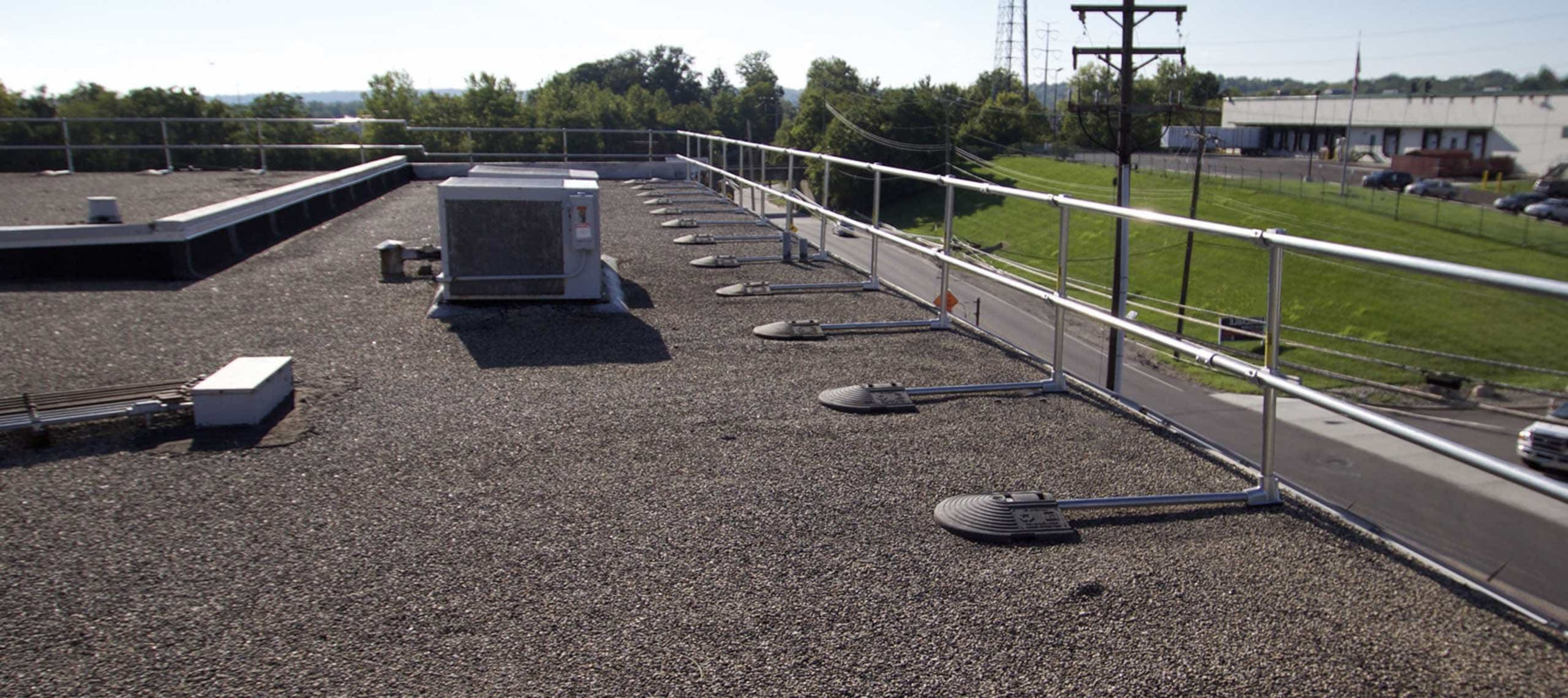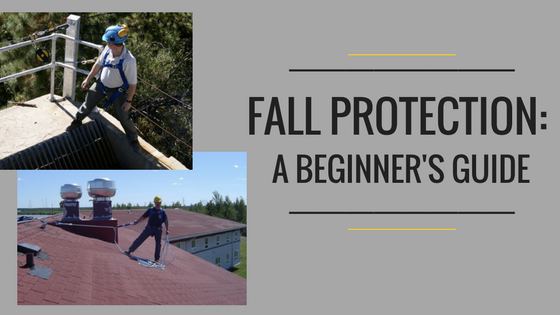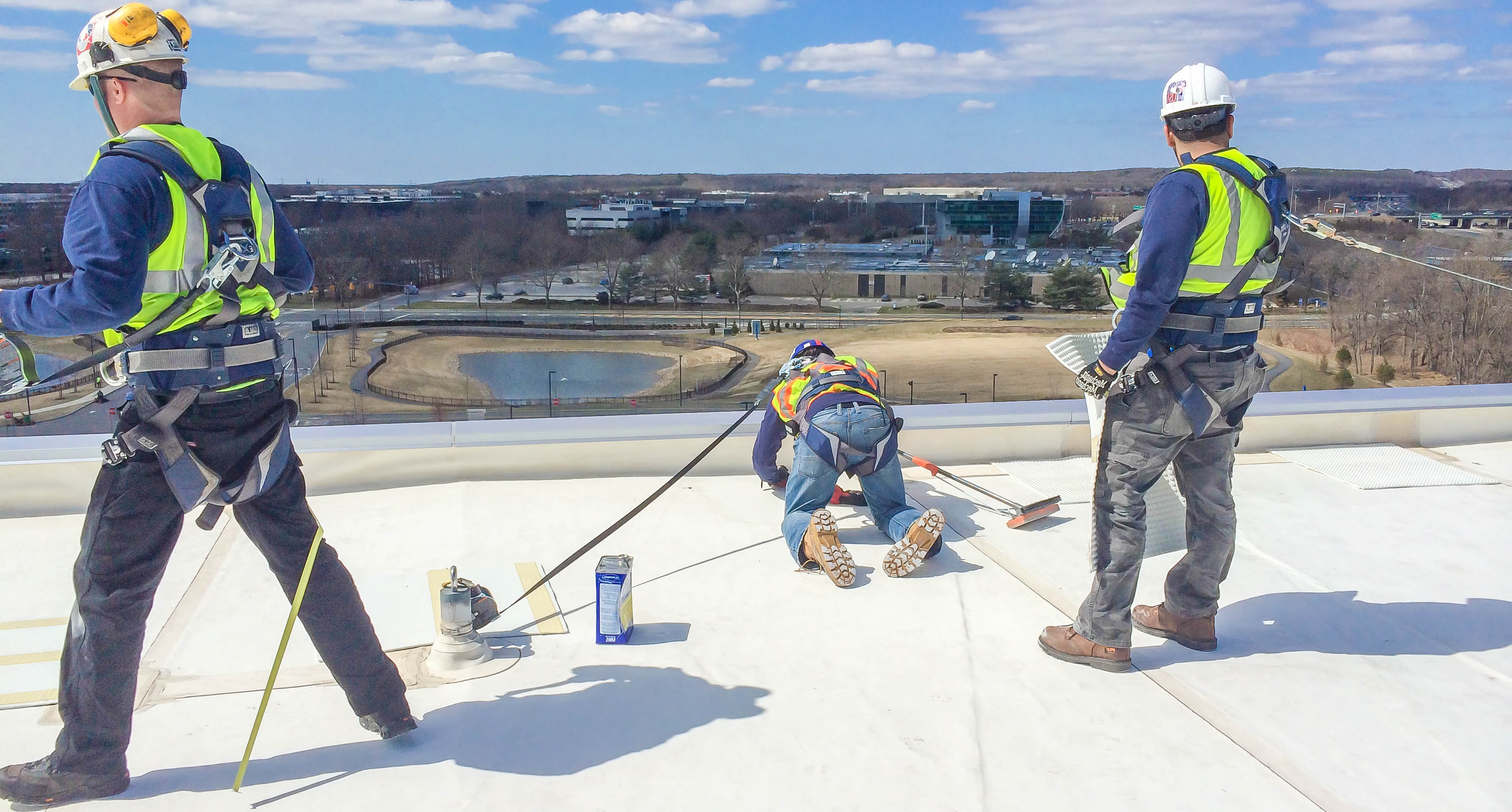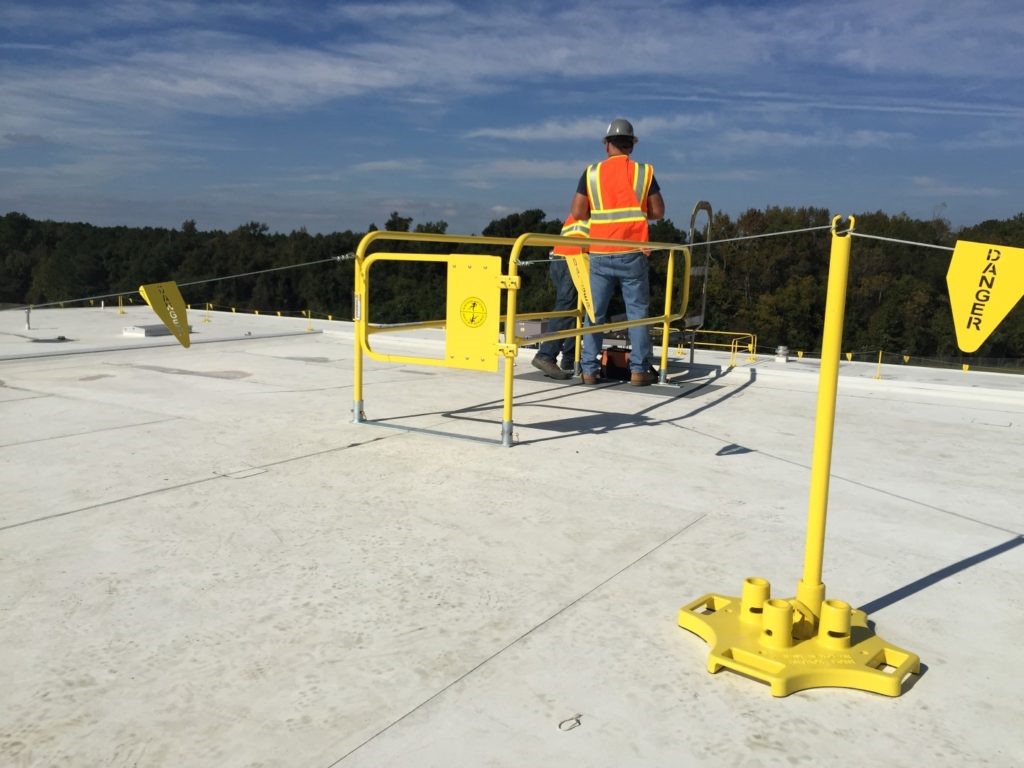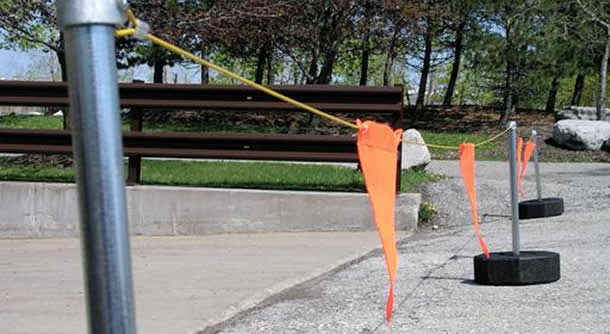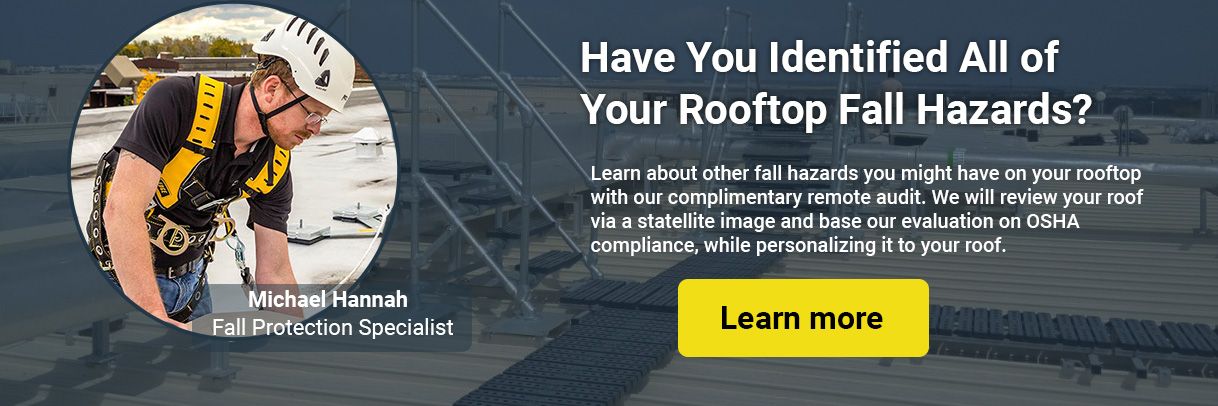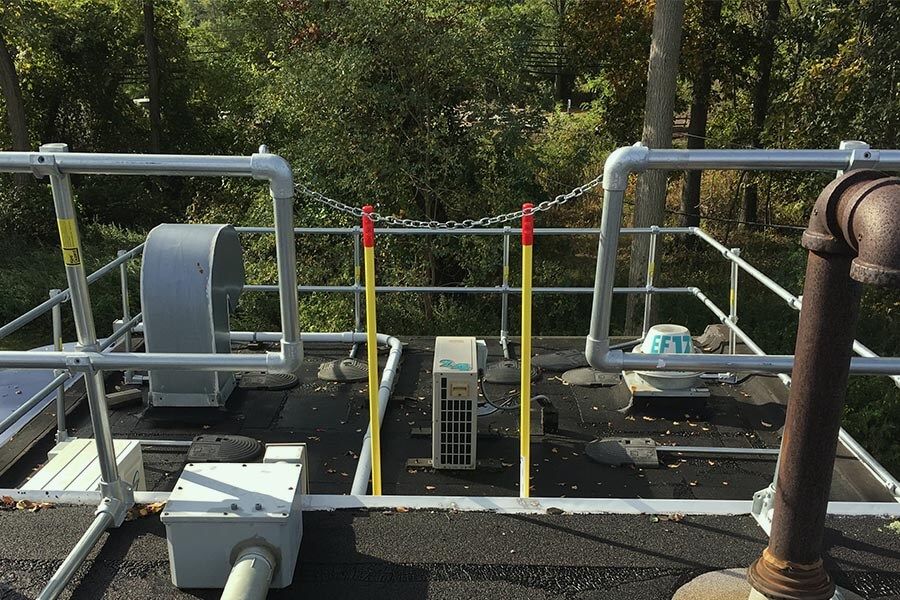Fall protection for activities not in the construction industry is addressed in specific standards for the general industry shipyard employment marine terminals and longshoring industry this section highlights osha standards federal register notices rules and proposed rules preambles to final rules background to final rules directives instruction to osha staff letters of.
General industry roof fall protection requirements.
Figure d 15 example of general construction of cages.
Figure d 14 clearances for fixed ladders in wells.
Properly protect your employees and your business.
For general industry working at a 4 foot height or a low sloped roof osha requires.
Roof fall protection standards.
6 feet from the edge.
While the cover is not in.
1 in your second question you ask what fall protection options the employer has for protecting a maintenance worker who is working more than 6 feet but less than 15 feet from a roof s edge.
According to osha these heights are.
Manholes wac 296 155 246009 4 f must be guarded by standard covers which need not be hinged in place.
1910 24 a 3 requires that employers ensure step bolts are uniformly spaces of a vertical distance of not less than 12 inches and not more than 18 inches apart measured center to center.
As much as possible osha aligned fall protection requirements for general industry with those for construction easing compliance for employers who perform both types of activities.
Section 1910 28 establishes the requirements that employers must follow on the use of cages and wells as a means of fall protection.
In regards specifically to roof fall protection the 1910 standard specifies for low slope roofs that when work is performed less than 6 feet 1 6 m from the roof edge the employer must ensure each employee is protected from falling by a guardrail system safety net system travel restraint system or personal fall arrest system.
Work on low pitched roofs use a fall protection system.
Conventional fall protection guardrail fall restraint or.
General industry requires fall protection for any worker over 4.
Because this question involves the application of the general industry standards rather than the construction standards we have forwarded it to the directorate of enforcement programs for response.
Speak with a fall protection expert today.
There are two starting points that once reached require fall protection.
In addition employers will be able to use non conventional fall protection in certain situations such as designated areas on low slope roofs.
Note to paragraph g.
When the employer can demonstrate that it is not feasible or creates a greater hazard to use guardrail safety net or personal fall protection systems on residential roofs the employer must develop and implement a fall protection plan that meets the requirements of 29 cfr 1926 502 k and training that meets the requirements of 29 cfr 1926 503 a and c.
Between 6 feet and 15 feet from the edge.

